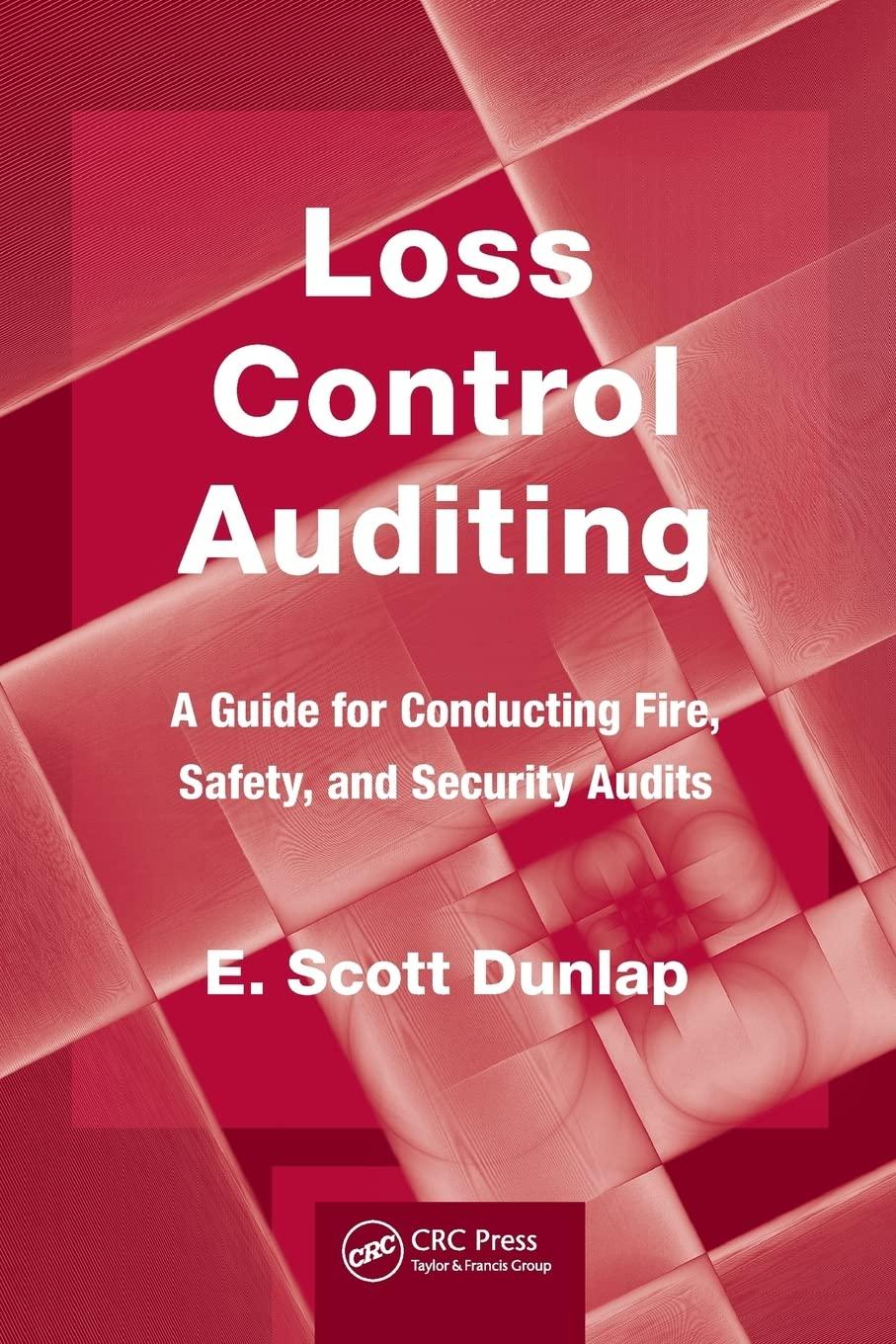7-2 Ink Hombre: Tattoos and Piercing At 42 years of age, Enrique Chavez was starting to think more and more about retirement. After 17 years of running one of the Bay Area's most popular tattoo parlors, Ink Hombre, he decided to take on a partnerhis 21-year-old bilingual niece Diana. Her words still echoed in his headthe same words she repeated every time someone left his shop to go elsewhere: "To, debe ofrecer la per- foracin del cuerpo: You should offer body piercing." She would go on to say, "Piercing gives people the opportunity to express their identity, just like a tat- too." She was right, of course. After she got her piercing certification, Diana came to work with Enrique full-time. But she didn't come cheaply. Between her salary and benefits, she was costing the business $1,000 per month! Enrique kept very detailed records, and her first month's sales were a bit disappointing. Pierc- ings were offered as Category I, II, or III, and cost $35, $55, and $75 for stain- less steel jewelry, respectively, and $55, $85, and $120 for gold. Diana sold five Category 1, two Category II, and three Category III in stainless, and one each of categories I, II, and III in gold. 2. Given the total sales value for Diana's first month, how long will it take for her to break even with her salary and benefits, assuming a 10 percent increase in sales value each month? Is the increase more likely to come from increased number of sales or a higher average sales value? 3. Diana's second month results show that she made six sales at $35, two at $55, three at $75, three at $85, and two at $120. Calculate th standard deviation for this data set. Does your answer for the standard deviation indicate that this is a normal distribution? If not, wh are the implications? 7-2 Ink Hombre: Tattoos and Piercing At 42 years of age, Enrique Chavez was starting to think more and more about retirement. After 17 years of running one of the Bay Area's most popular tattoo parlors, Ink Hombre, he decided to take on a partnerhis 21-year-old bilingual niece Diana. Her words still echoed in his headthe same words she repeated every time someone left his shop to go elsewhere: "To, debe ofrecer la per- foracin del cuerpo: You should offer body piercing." She would go on to say, "Piercing gives people the opportunity to express their identity, just like a tat- too." She was right, of course. After she got her piercing certification, Diana came to work with Enrique full-time. But she didn't come cheaply. Between her salary and benefits, she was costing the business $1,000 per month! Enrique kept very detailed records, and her first month's sales were a bit disappointing. Pierc- ings were offered as Category I, II, or III, and cost $35, $55, and $75 for stain- less steel jewelry, respectively, and $55, $85, and $120 for gold. Diana sold five Category 1, two Category II, and three Category III in stainless, and one each of categories I, II, and III in gold. 2. Given the total sales value for Diana's first month, how long will it take for her to break even with her salary and benefits, assuming a 10 percent increase in sales value each month? Is the increase more likely to come from increased number of sales or a higher average sales value? 3. Diana's second month results show that she made six sales at $35, two at $55, three at $75, three at $85, and two at $120. Calculate th standard deviation for this data set. Does your answer for the standard deviation indicate that this is a normal distribution? If not, wh are the implications








